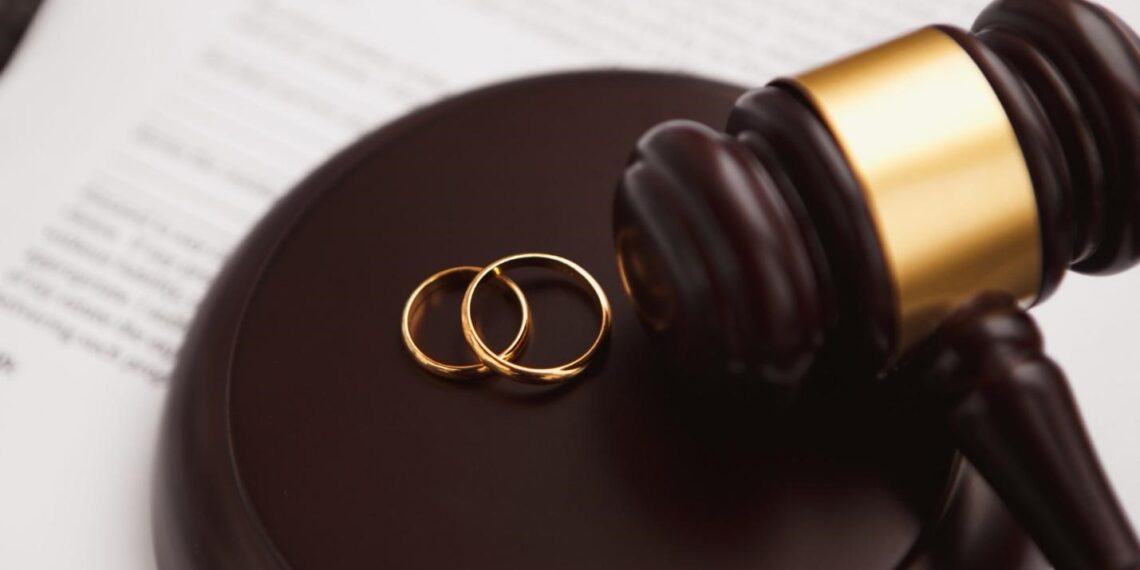Did you know that the U.S divorce rate is among the highest in the world? In fact, the average length of a marriage in the U.S. is 8.2 years.
For a lot of couples, there comes a time when they feel like parting ways is the best way forward. It can be a traumatic process, especially if your spouse is a particularly difficult person to deal with or if you have children. The legal process can be long and tedious, but hopefully, at the end of it, your divorce record or decree will be worth it.
So, what should you expect to see in your divorce record? And more importantly, what is it?
This article explores it all.
Table of Contents
What Is a Divorce Record?
While looking for information about divorce online, you may have come across the terms divorce certificate and divorce record.
A divorce record, decree, or judgment of dissolution is a legal document that marks the end of your marriage. It will contain important information pertaining to the division of assets, custody agreements, and more, specific to your case.
On the other hand, a divorce certificate is a document that serves as proof of your divorce, generally issued by an office within your state. Additionally, not all states provide divorce certificates.
General Information in a Divorce Record
If your divorce was reached through settlement, the court may simply attach your agreed-upon terms (within the settlement agreement document) to the final decree. In this case, your decree may contain less information than your settlement agreement.
A divorce record may also include a name change request, allowing a spouse to revert to a maiden or former surname. A legal name change process can be streamlined by including this request in the divorce proceedings. If granted, the divorce decree serves as proof for updating identification and official records without requiring a separate court petition. However, if the name change is not requested during the divorce, the individual must file a separate petition for a name change. The process can vary state by state, but legal name change in California is relatively simple – it involves submitting paperwork to the court, paying a fee, and, in some cases, attending a hearing before the change is officially approved.
Other Information
Further, the decree will also address issues specific to your divorce. This includes information about property, debt, and asset division between the two spouses. In the case of children, there will be information about custodial rights, parenting time, and visitation rights for both parents, as relevant to your case.
Maintenance for children, alimony, retirement account division, and other financial information will also be outlined in your divorce record. Finally, you, your (now former) spouse, your attorneys, and the court judge will be required to sign the decree. Depending on where you are from, the record will then be stamped with the court seal.
Get the Legal Help You Need
Making the decision to get a divorce, and then actually going through the process is not easy. However, at the end of it, many individuals find that they feel at peace and ready to start afresh. Once you have a copy of your divorce record in hand, we hope you can feel the same.
Did you like this article? Be sure to check out the rest of our blog for more top-notch content about the topics you love!

